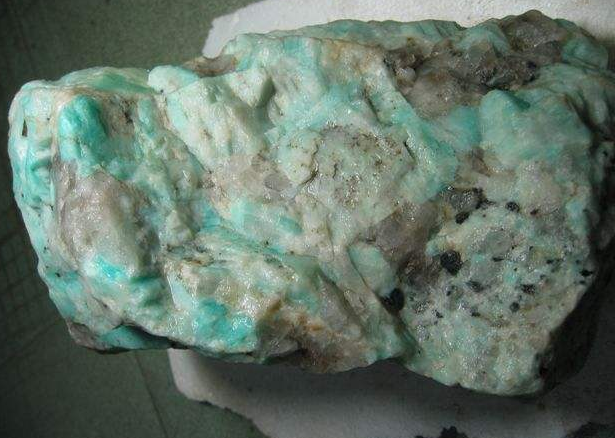Get our latest news
Copyright © 2018 cnqhkj.com Inc. All rights reserved. 浙ICP备12047550号 Powered by www.300.cn ningbo
Subscription
Tel:+86-574-65335615
Email:qinghua@qinghuakj.com
Collection and production of rock and mineral specimens
1. Collect rock and mineral specimens, check whether there are dangerous stones on the collection point, and whether they will fall down due to knocking and vibration, so as to avoid accidents. Great care should be taken when collecting perfectly crystalline or fragile mineral specimens.

2. It is best to use a pointed steel chisel to chisel slowly along the periphery to avoid damage. The specimens used for display should be relatively neat in size, and the commonly used specifications are 2×4×6 cm or 4×6×9 cm. The collection is usually made larger, and then the specimen is held in the hand, and the flat end of the geological hammer is used to trim off the edges and corners and excess parts.
3. After the specimen is collected, it should be numbered immediately. Use a small piece of tape, write the number, and stick it on the specimen.
4. At the same time, write down the location of the collection point in the record book, its distribution characteristics, the characteristics of the surrounding rocks, etc. It is best to draw a sketch of the collection point.
5. In order to prevent the notebook from getting wet by rain, a pencil should be used instead of a pen. In order to prevent the rock and mineral specimens from being crushed, the trimmed specimens should be wrapped in soft paper, and the fragile and fragile crystals should be wrapped in cotton, or several layers of soft paper.

